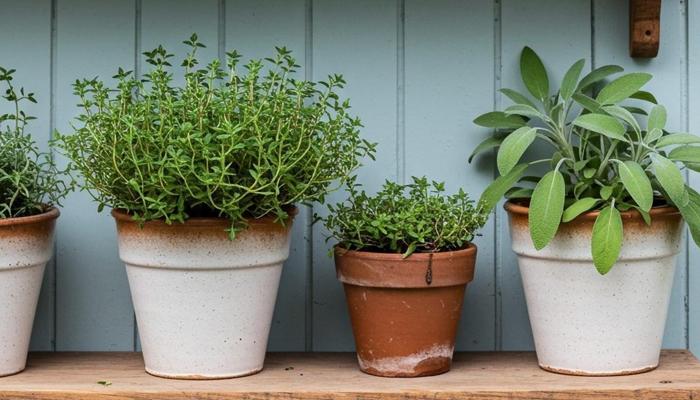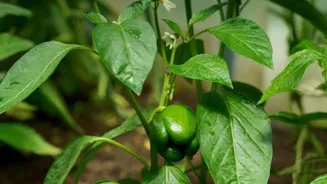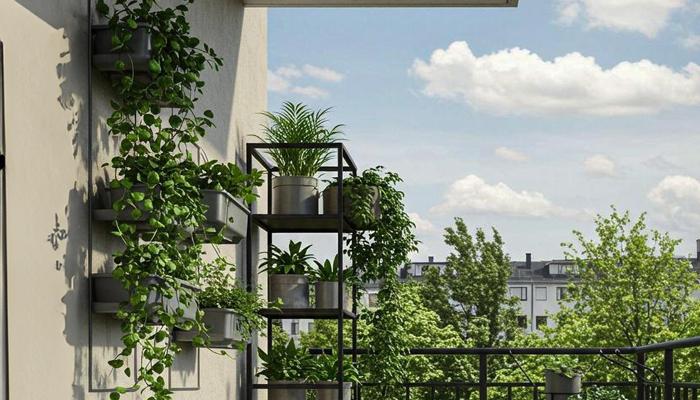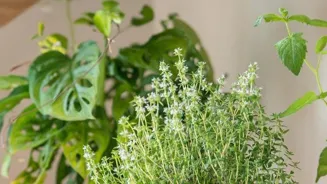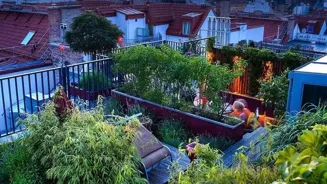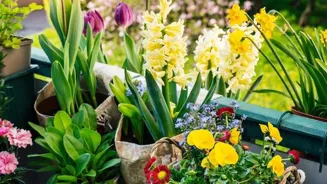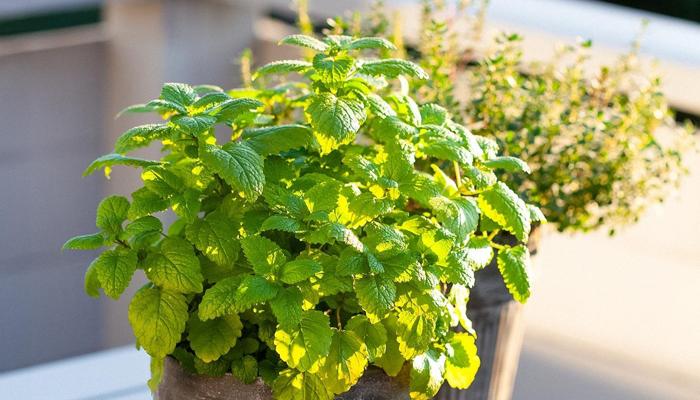Discover the joy of growing herbs at home with our Green Thumb Guide! Learn essential tips for a thriving herb garden
In today's world, staying healthy and knowing where your food comes from is becoming
more and more important. What better way to achieve this than by growing your own herbs right at home?
Imagine fresh mint for your chai, fragrant basil for your pasta, or soothing tulsi for your daily dose of wellness. It's easier than you think! Even if you don't have a big garden, you can cultivate a thriving herb garden on your balcony, windowsill, or even your kitchen counter.
This guide provides seven simple yet essential tips to help you become a successful home herb gardener, no matter your experience level. So, roll up your sleeves, and let's get started on this flavorful journey!
We'll cover everything from sunlight needs to watering techniques, soil selection to pest control, ensuring your herb garden flourishes and brings you joy and deliciousness all year round. Get ready to discover the simple pleasure of picking fresh herbs from your own home.
Sunlight is Key: Choosing the Right Spot
Just like us, plants need sunlight to thrive! Before you even think about planting, consider where you'll place your herb garden. Most herbs need at least 6-8 hours of sunlight each day to grow well. South-facing windowsills are ideal if you're growing indoors.
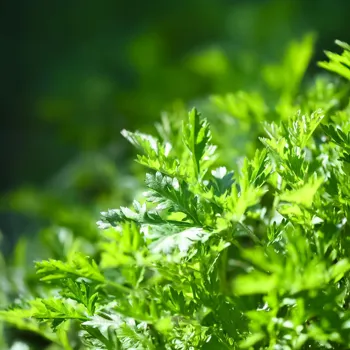
If you have a balcony or garden, observe how the sun moves throughout the day. Find a spot that gets plenty of direct sunlight. If you live in a very hot place, some afternoon shade might be beneficial to prevent your herbs from getting scorched.
Leafy herbs like mint, spinach , coriander may do well with that little amount of shade. Remember, sufficient sunlight is crucial for healthy, flavorful herbs. Without adequate light, your herbs might become leggy (tall and thin) and produce fewer leaves.
So, choose your spot wisely and give your herbs the sunshine they deserve! The amount of sunlight that actually falls on the plants, directly affects its growth and also determines the flavour of spices such as pudina, curry leaves etc
Soil Selection: The Foundation of Your Garden
The soil you use is the foundation of your herb garden. Don't just grab any soil from your backyard! Herbs need well-draining soil that's rich in nutrients. A good potting mix specifically designed for containers is a great option, especially if you're growing herbs in pots.
This type of mix usually contains a blend of peat moss, perlite, and vermiculite, which helps with drainage and aeration. You can also make your own potting mix by combining equal parts of garden soil, compost, and sand. This provides a good balance of nutrients and drainage.
Avoid using heavy clay soil, as it can compact and prevent roots from getting the air and water they need. Remember, healthy soil equals healthy herbs! Investing in good soil will ensure your plants have the nutrients they need to grow strong and produce flavorful leaves.
The soil should neither be too compact nor too sandy. It is absolutely necessary for the soil to have good draining features so the roots do not decay when the soil is watered. The soil should also be able to conserve a good amount of water to ensure no water scarcity.
Watering Wisdom: Finding the Right Balance
Water is essential for plant life, but overwatering can be just as bad as underwatering. Finding the right balance is key to keeping your herbs happy. A good rule of thumb is to water your herbs when the top inch of soil feels dry to the touch. Stick your finger into the soil to check.
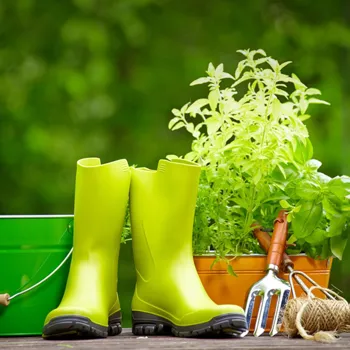
When you do water, water deeply, until water drains out of the bottom of the pot. This ensures that the roots are getting enough moisture. Avoid watering the leaves directly, as this can encourage fungal diseases. It's best to water in the morning so the leaves have time to dry during the day.
The frequency of watering will depend on the type of herb, the weather, and the type of container you're using. Herbs grown in terracotta pots will dry out faster than those grown in plastic pots. During hot weather, you might need to water more frequently.
Pay attention to your plants and adjust your watering schedule accordingly. Make sure there is a proper draining system to maintain soil conditions. The water should reach every area of the soil so no roots are left dry on the top layer of the soil.
Choosing Your Herbs: Picking the Right Plants
When starting your herb garden, choose herbs that you'll actually use! There's no point in growing something you don't like or won't cook with. Some easy-to-grow herbs for beginners include basil, mint, parsley, cilantro, rosemary, and thyme.
These herbs are relatively low-maintenance and can thrive in a variety of conditions. Consider the space you have available and choose herbs that will fit comfortably.
Mint, for example, can be quite invasive, so it's best to grow it in a separate container to prevent it from taking over your entire garden. Think about your favorite dishes and choose herbs that complement those flavors.
If you love, for example, Italian food, basil, oregano, and rosemary are essential. Indian cooking usually requires things such as curry leave, spinach, coriander, thyme, tulsi etc. Starting with a few simple herbs will give you the confidence and experience to expand your garden later on.
If you have pets, make sure that the herbs that you are planting is not dangerous or poisonous for them. It is important to do a thorough research before picking herbs to be planted at home.
Pest Control: Keeping Unwanted Guests Away
Even in a home herb garden, pests can sometimes become a problem. Keep an eye out for common pests like aphids, spider mites, and whiteflies. These tiny creatures can suck the sap from your plants and weaken them. The best way to prevent pests is to practice good garden hygiene.
Keep your garden clean and free of debris. Regularly inspect your plants for any signs of infestation. If you do find pests, there are several ways to control them naturally. You can try washing the plants with a strong stream of water to dislodge the pests.
You can also use insecticidal soap or neem oil, which are both safe and effective options. Avoid using harsh chemicals, as these can harm your plants and contaminate your harvest. Encourage beneficial insects like ladybugs and lacewings, which prey on pests.
A healthy garden is a pest-resistant garden! Having insects in your plants can cause harm to other plants. If there is a widespread infestation among your plants, it is safer to remove the infected plant from the pot to prevent the other plants from also getting the infection.
Harvesting and Enjoying Your Herbs: The Fruits of Your Labor
One of the best parts of growing your own herbs is harvesting them and using them in your cooking! Regular harvesting actually encourages your herbs to grow more. When harvesting, use sharp scissors or pruning shears to cut the stems. Avoid pulling the leaves off, as this can damage the plant.
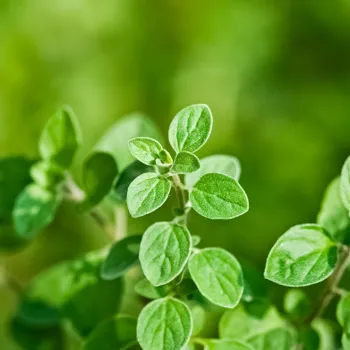
Harvest herbs in the morning, after the dew has dried, for the best flavor. To dry your herbs, simply hang them upside down in a cool, dark, and well-ventilated place. Once they're completely dry, store them in airtight containers. You can also freeze herbs for longer storage.
Chop the herbs and place them in ice cube trays filled with water or oil. Once frozen, transfer the cubes to freezer bags. Now you can enjoy fresh, home-grown herbs all year round! Add them to your favorite dishes, make herbal teas, or even create your own herbal remedies.
The possibilities are endless! This also reduces your costs on a day to day basis when you dont have to purchase grocery.
Container gardening
One can start by planting in containers. It is an easy way to begin planting. You can choose different types such as ceramic pots, plastic pots and even terracotta containers.
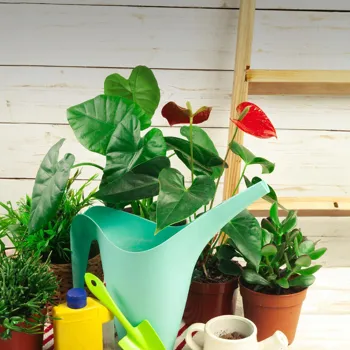
Ensure that the container used has a drainage hole, such that excess water can be eliminated , this ensures quality of the planting soil and reduces the risk of water logging. The best thing to do is begin with plants that are well suited to the climate.
You can easily move pots around depending on the weather and sunlight. Use a well draining potting mix and water them appropriately and get started.
AI Generated Content. Glance/InMobi shall have no liability for the content